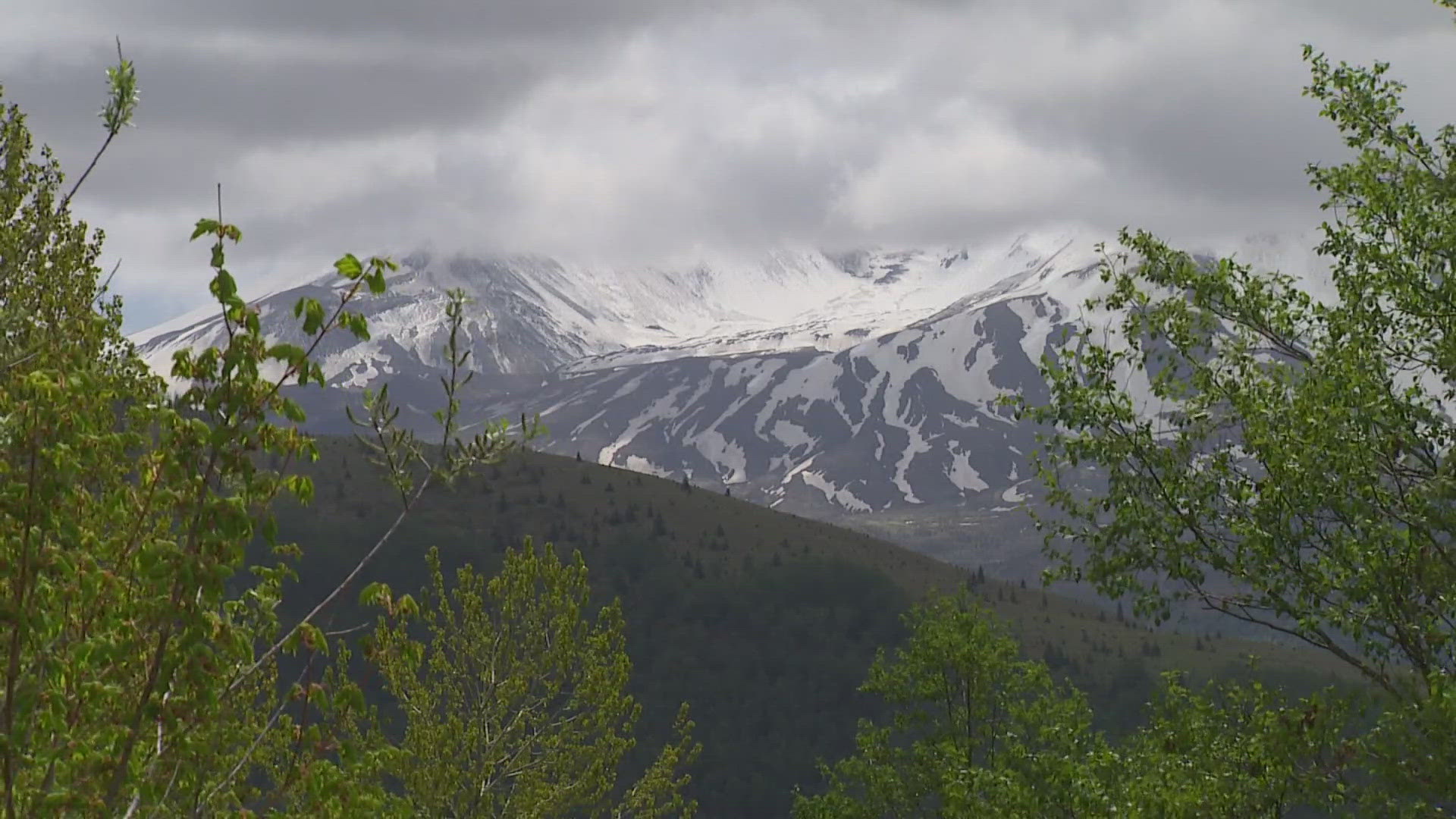NORTH BEND, Wash. -- A new study around Snohomish and King Counties is tracking how carnivores live among their human neighbors as development continues to compress wildlife habitat.
On a misty Tuesday in January, Michael Havrda and Robert Long hiked about 10 minutes along a popular trail on Tiger Mountain.
"It's always raining or snowing," Havrda said.
The researchers weren't there for the big views. They're headed to a view that's easy to miss - a small camera locked to the base of this tree.
"The last time I was out by North Bend, there was coyote track that went right by one of my camera," Havrda said.
Each time Havrda, a University of Washington researcher, returns to the spot, there's something new waiting for him inside.
"In the little over two months, this camera's been running, since I last checked it, has 1,254 new photos."
The photos show who's using the trail. Hikers dominate the album.
"You get a lot of pictures of dog snout," Havrda said.
But the camera's night vision shows another kind of traveler.
"So, there's a coyote."
The camera shows when and how wildlife use land near cities, species as common as raccoons and as elusive as coyotes.
The researchers want to know how they've adapted to human neighbors.
"What type of areas do they like, what do they like for cover, what do they like to eat, where do they like to sleep," Havrda said.
The zoo is partnering with the University of Washington on the urban carnivore project. Zoos are the place humans are most aware of sharing space with carnivores and their prey.
But when no one is watching, the cameras will show how space is shared outside the zoo.
"By looking at how these animals interact, we can design what we hope are more livable cities for people and also habitats for animals," Robert Long said.
Long is a senior conservation fellow for the Woodland Park Zoo.
There are 12 cameras right now. Eventually more than 60 will track wildlife in King and Snohomish counties.
Carnivores play a major role in ecosystems. They regulate other species that cause problems when unchecked.
Bobcats eat rodents that spread disease.
Cougars eat deer that can uproot plant communities, and with it soil erosion, harming birds and mammals.
"We know there are carnivores right up to the edge of Seattle and in some cases into Seattle," Long said.
The research will include scat analysis to see what the carnivores are eating – are humans supplementing diets with trash or dog food?
"Is the prey base different for a coyote in North Bend versus a coyote in Redmond or Bellevue?" Havrda said.
As Puget Sound grows, human influence on wildlife will increase. The research will help plan for that influence with least impact.
"It really shows that carnivores are having to live in an area where there's a human influence everywhere, and they're having to adapt to that," Havrda said.


